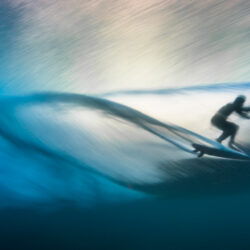Nikon Z5 II
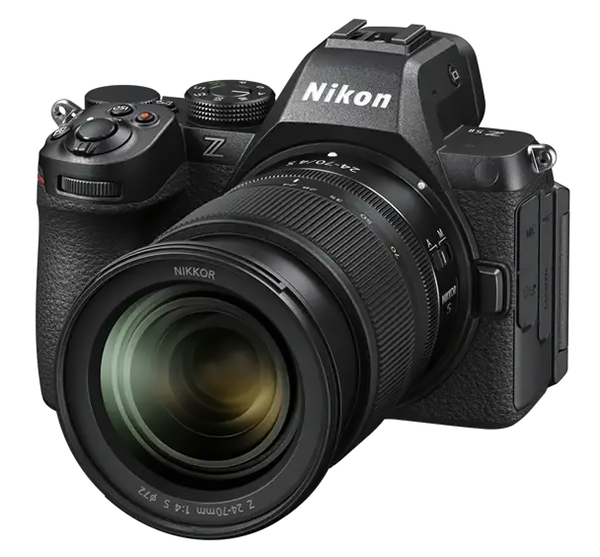
In summary
The Nikon Z5 II provide remarkably good value for money for an ‘entry-level’ camera.
Whether you shoot stills or video, you’ll find it a feature-rich, competent piece of equipment that does virtually all the things you want – with a higher level of performance than most competing cameras.
Full review
Announced in early April 2025, the Nikon Z5 II comes with the same 24-megapixel BSI-CMOS sensor and Expeed 7 processor, that was introduced in the Z6, which we reviewed in January 2019. As the BSI-CMOS chip gives the camera faster read-out speed and lower inherent image noise, it has also been used in the Z6 II and Zf cameras – and now appears in the Z5 II. The Expeed 7 processor, introduced with the Z9, has 10 times the image processing speed of its predecessor and improves autofocusing speeds and video capabilities. It also provides a blackout-free viewing experience making the Z5 II a real improvement on its predecessor. We reviewed the original Z5 in September 2020, along with the Nikkor Z 24-200mm f/4-6.3 VR lens. We received the review camera with the 24-120mm f/4S lens, which is reviewed separately. Although not offered in a kit pairing, we believe it will be a popular choice for many of our readers, particularly travellers.

Angled view of the Nikon Z5 II, fitted with the Nikkor Z 24-70mm f/4 S kit lens. (Source: Nikon.)
The three lenses offered as kit options with the Z5 II body have been available for some time. We reviewed the Nikkor Z 24-70mm f/4 S lens in October 2018, the Nikkor Z 24-200mm f/4-6.3 VR lens in September 2020 and the Nikkor Z 24-50mm f/4-6.3 lens in March 2021. All three lenses delivered good performance for their class in our tests.
What’s New?
Most of the new features in the second-generation model have come through the replacement of the sensor with the more up-to-date chip that is currently used in the Zf and Z6 II. While the sensor resolution remains almost the same as the Z5’s at 24 megapixels, the Z5 II’s backside-illuminated chip is faster, particularly with respect to data transmission, delivering faster burst rates, better video capabilities and smoother viewing through the EVF.
The addition of the latest Expeed 7 processor brings with it some of the more advanced features provided in the Z8 and Z9 models, including Pixel-shift shooting, Pre-Release Capture and 3D tracking in the autofocusing system. The Pre-Release Capture mode in the Z5 II is restricted to JPEGs only at 15 fps or 30 fps at full frame area or up to 120 fps with an APS-C frame crop. The AF system appears able to keep pace and the buffer memory in the new camera has twice the capacity of the Z5’s at 200 frames for most image size/quality settings, as shown in the table below.
| Image quality | Image size | File size (approx.) |
Buffer capacity |
| NEF.RAW lossless compression | — | 28.6 MB | 166 frames |
| NEF.RAW high efficiency | — | 12.3 MB | 200 frames |
| JPEG/HEIF fine | Large | 11.3 MB | |
| Medium | 7.6 MB | ||
| Small | 4.1 MB | ||
| JPEG/HEIF normal | Large | 6.6 MB | |
| Medium | 4.0 MB | ||
| Small | 2.2 MB | ||
| JPEG/HEIF basic | Large | 2.7 MB | |
| Medium | 1.9 MB | ||
| Small | 1.2 MB |
The Z5 II also introduces support for the 10-bit HEIF image format. Recording 10-bit image data with HLG gamma and a BT.2020 colour space, this file format captures a wider dynamic range and colour depth than standard JPEGs but requires less space for storing each file.
Nikon also claims the Z5 II will offer better noise reduction processing for JPEGs, particularly at high ISO settings. Meanwhile, a new AF-A mode allows users to set the camera to decide automatically whether to use single or continuous autofocus, based upon subject detection. Subject-detection AF options have also been expanded with the addition of Birds, Vehicles and Airplanes.
On the video side, the Z5 II can record full frame width 4K video at up to 30p (25p for PAL system) and supports frame rates up to 60p with a 1.5x crop. Other new additions include support for 12-bit 4K/30p *.NEV raw files, along with 10-bit H.265 compression in N-Log format or with standard tonal curves. Voice memo, Skin softening and high-frequency flicker reduction are also available.
While the OLED EVF in the new camera’s resolution is unchanged at 3,690,000 dots, at up to 3000 nits it’s now much brighter than the screen in the Z5, which is useful when you’re shooting in contrasty lighting and/or using the HEIF format. The rear monitor screen’s resolution is higher at 2,100,000 dots and the screen is now fully articulating, whereas the Z5’s 1,040,000-dot screen simply tilted. Like the screen on the other recent Z-system cameras, the Z5 II’s touch functions include the ability to shift the focus point with your thumb.
You can use the Network settings in the camera’s menu to connect to other cameras on the network and use it as a master controller to release the shutters on up to 16 integrated cameras. This setting can also be used to synchronise the clocks on multiple cameras in the network. You can also record a voice memo with selected images.
One possible downside in the new camera is the slight reduction in CIPA-rated battery capacity, even though the Z5 II uses the same EN-EL15c rechargeable battery as its predecessor. As in the Z5, USB Power Delivery to the camera is supported and the camera is not supplied with a separate battery charger; just a dual-ended USB-C cable.
Another possible downside is the removal of the separate MC-DC2 remote release port the Z5 had. Replacing the MC-DC2 is the MC-DC3 wired remote, which has to be plugged into the headphone jack (as in the Z50 II). The Z5 II also supports the ML-L7 wireless remote – but it can’t be used concurrently with SnapBridge or Nikon Imaging Cloud links for getting images from your camera to a cloud server because all three use the same Bluetooth connection.
Who’s it For?
While the original Z5 was developed to tempt budget-conscious camera buyers to buy into a mirrorless system instead of a DSLR, the Z5 II raises the feature set and capabilities of Nikon’s entry-level full-frame camera to a new plane without significantly increasing its size or weight – and only a relatively small increase in its price. With an RRP of AU$2699, the Z5 II costs $250 more than the Z5 on its release – but technologically, it offers so much more, as you can see from the comparison table below.
| Nikon Z5 | Nikon Z5 II | |
| Sensor/processor | CMOS / Expeed 6 | BSI-CMOS / Expeed 7 |
| Effective resolution | 24.3 megapixels | 24.5 megapixels |
| Max. image size (px) | 6016 x 4016 | 6048 x 4032 |
| Max. video resolution (PAL format) | 4K 25p with 1.7x crop | 4K 50p with 1.5x crop or 4K 25p full width (4032 x 2268 25p in RAW video mode) |
| 10-bit video options | None | N-Raw, N-Log, HLG |
| Native ISO range (expansions) | 100-51200 (50-102400) | 100-51200 (50-204800) |
| Stabilisation (rating) | IBIS (5EV) | IBIS (up to 7.5 EV in centre, 6EV at periphery of frame) |
| Shutter speed range | 30-1/8000 sec. (up to 900 sec. in M mode) | |
| EV compensation | +/- 5EV | |
| Max. burst speed | 4.5 fps | 14 fps (30 fps with electronic shutter in C30 mode) |
| Pre-Release Capture | No | Yes (JPEG only), at 15 or 30 fps; max. 90 seconds |
| AF system type | Hybrid phase/contrast detect | |
| AF points | 273 | 299 |
| Detection capabilities | Face (human & animal) | Auto, People, Animals, Birds, Vehicles, Airplanes |
| EVF resolution/ magnification / max. brightness | 3,689,400 dots / 0.8x / 1000 nits | 3,689,400 dots / 0.8x / 3000 nits |
| Monitor size/resolution | Tilting 3.2”/ 1,040,000 dots | Articulated 3.2” / 2,100,000 dots |
| Media | Dual SD/SDHC/SDXC; UHS-II compatible | |
| Interface terminals | USB 3.2 Gen 1, micro-HDMI, 3.5mm mic & headphone jacks, Wi-Fi, Bluetooth LE | USB 3.2 Gen 1, micro-HDMI, 3.5mm mic & headphone jacks, remote terminal, Wi-Fi, Bluetooth LE |
| Weather sealing | Yes | |
| Battery/ CIPA rating/USB charging | EN-EL15c / 470 frames/charge / Yes | EN-EL15c / 330 frames/charge / Yes |
| Dimensions | 134 x 101 x 70 mm | 134 x 100.5 x 72 mm |
| Weight with battery & card | 657 grams | 700 grams |
| RRP at launch (body only) | $2449 | $2699 |
The Z5 II will appeal to photographers who want to keep using their SD cards, instead of having to pony up for the more expensive (but faster) CFexpress cards used in the Z6 II and Z6 III. In addition, the Z6 III has an RRP of AU$4499 for the body alone, which puts it into a totally different category. (The Z6 II appears to be being phased out.)
Build and Ergonomics
While the body of the new camera appears almost identical to its predecessor, under the skin it’s a bit different. For starters, the front, rear and top panels in the new camera are made from aluminium alloy, whereas the rear panel on the Z5 is made from composite polycarbonate. Swapping to three metal alloy panels has added 25 grams to the camera’s overall weight.
Although a few buttons have changed, the illustrations below show just how similar the control layouts and body designs of the first- and second-generation Nikon Z5 cameras are.
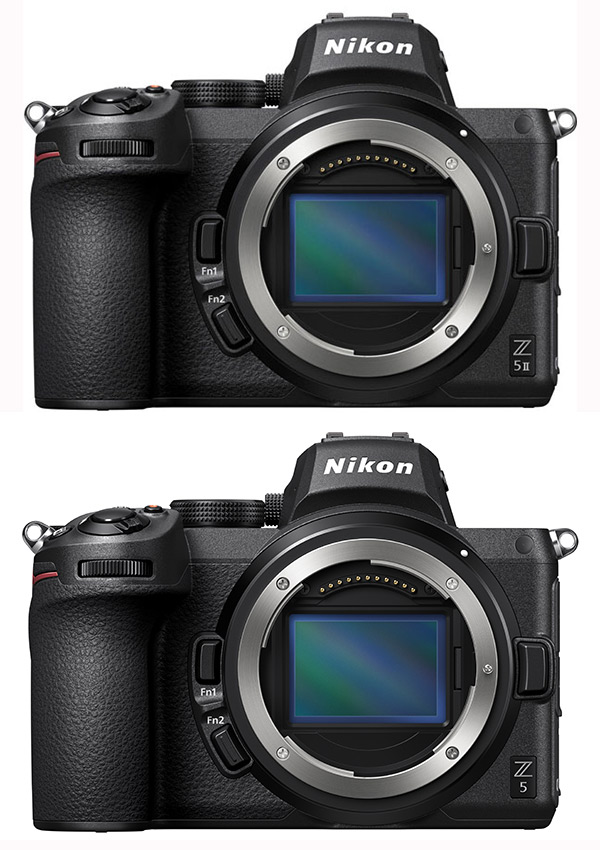
The front views of the Z5 11 and original Z5 bodies are essentially identical. (Source: Nikon.)
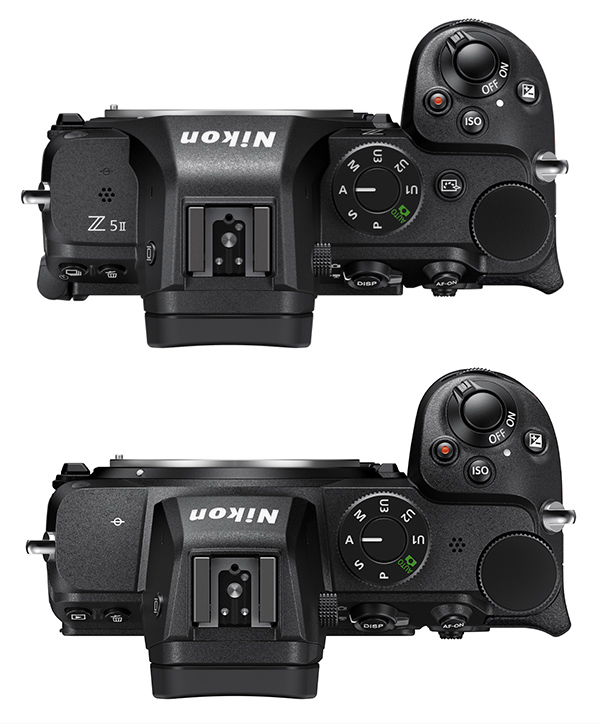
The top views of the Z5 11 (top) and Z5 bodies only differ slightly. The Z5 II has a new Picture Control button just right of the mode dial, which shifts the speaker grille to left of the EVF hump. The camera’s name has been stamped just below it. (Source: Nikon.)
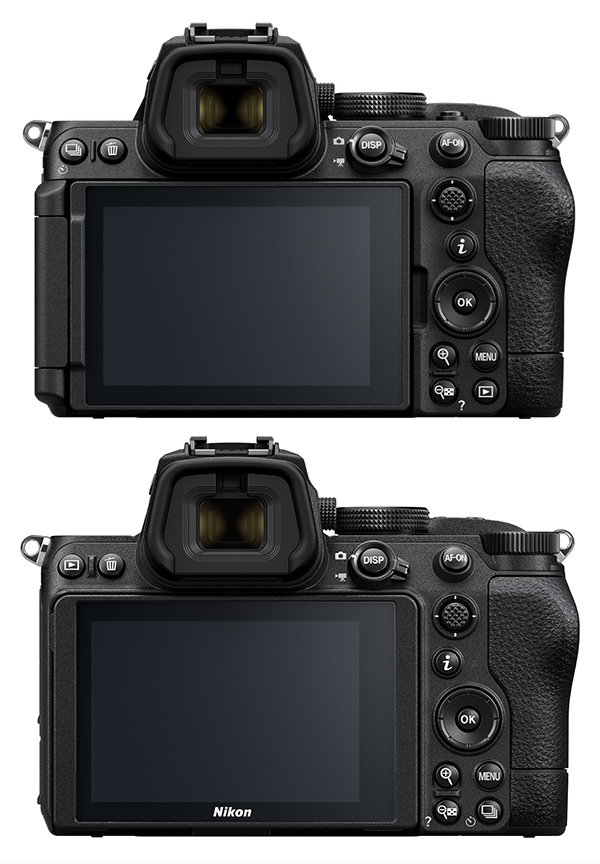
On the rear panel, the Z5 II’s monitor is now fully articulated while the positions of release mode and playback buttons have been swapped. The ‘i’ button has also shifted slightly to the right. (Source: Nikon.)
Although the Z5II uses the same 3,690,000-dot OLED viewfinder as the Z5, it’s roughly three times brighter. The built-in 5-axis sensor-shift Vibration Reduction (VR) mechanism has been improved and now provides an average of six stops of camera shake correction – or up to 7.5 stops with VR-enabled lenses.
You can also choose to link the VR effect to the current focus point via a dedicated setting in the photo shooting menu. For movie recording, Electronic VR is available to help steady footage when shooting handheld.
Performance
Performance-wise, the Z5 II comfortably outstripped its predecessor in our Imatest tests, which was to be expected. The second-generation sensor and faster, more powerful image processor enabled the camera to record a wider dynamic range is normal shots with a significant reduction in noise in images captured at high ISO settings.
Resolution for both JPEG files and NEF.RAW frames converted into 16-bit TIFF format with Adobe Camera Raw (our preferred raw file converter) was generally higher than for the previous model. It remained high from a peak at ISO 100 through to around ISO 6400 before declining gradually thereafter, as shown in the graph of our Imatest results below.
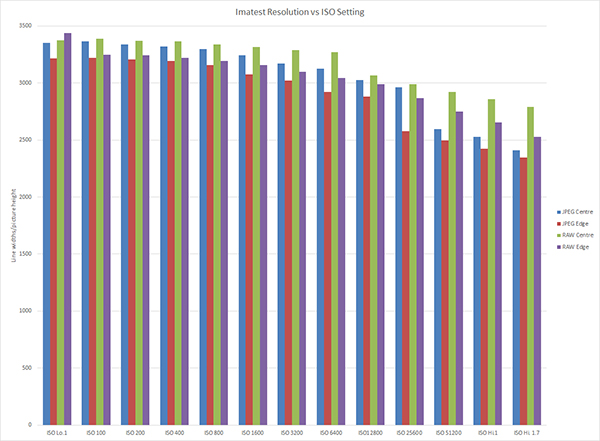
Imatest showed colour accuracy to be very good and the differences between JPEG and NEF.RAW files were insignificant. Small colour shifts were seen in the blue band of the spectrum, where they were slightly greater in the converted raw files, although not enough to signify.
Long exposures at night contained impressive amounts of detail. Images captured between ISO 100 and ISO 25600 were generally sharp with natural-looking colour levels, although noise was beginning to appear by ISO 25600.
By ISO 51200, noise was more obvious and once the two Hi settings were used, shadowed areas were blocking up and the dynamic range in shots was visibly reduced. At the Hi1.7 level, noise 3was very obvious, although colour reproduction remained very good.
We noticed an improvement in autofocusing performance, particularly with respect to subject tracking, although the entire AF system seemed to be very fast and accurate for what remains as the ‘entry-level’ model in Nikon’s FX camera line-up. The 24-120mm f/4 S lens we used for this review shows a slight tendency towards focus breathing, which was only noticeable when you span the entire range from minimum focus to infinity at focal lengths longer than about 70mm. Shorter pulls were not visibly affected.
We recorded our movie tests with the P shooting mode and sensitivity on the auto setting plus continuous autofocusing using the Dynamic-Area AF mode. Focus shifted quickly during pans in movie mode and exposure adjustments kept pace with changes in ambient brightness levels.
Video quality was much as we expected for the camera’s specifications and about as good as you’ll get from a camera at this level, although rolling shutter effects can be seen when tracking fast-moving subjects. N-Raw video clips were similar in quality, although slightly reduced in size. Soundtracks were clear and recordings had some stereo ‘presence’, which is impressive for the on-board microphones.
Autofocusing was good, in the main, particularly when subject recognition was used. The IBIS system provided good, reliable stabilisation and could be augmented by electronic IS, which applies a 1.25x frame crop.
For our timing tests we used two UHS Class II SDHC cards, both SanDisk Extreme PRO cards but one with 32GB capacity and the other with 64GB. Both were rated at 300MB/s and JPEGs and NEF.RAW files were recorded separately. It took just under a second for the camera to power-up ready for shooting.
Capture lag with autofocus was consistent at 0.4 seconds but was eliminated when shots were pre-focused as well as in manual focus mode. On average it took 0.5 seconds to process each JPEG and a fraction less for a 14-bit NEF.RAW file. Shot-to-shot times in the single-shot mode averaged 0.5 seconds.
Continuous shooting speeds vary, depending on which shutter you select, although in each case the buffer memory is limited to a maximum of 200 frames. With the electronic shutter – which is required for Pre-Release Capture – speeds up to 30 fps are possible. We recorded 176 frames in 5.4 seconds in this mode, a frame rate of around 32 fps.
With the mechanical shutter, the Z5 II provides two continuous shooting settings: Continuous High with a frame rate of 14 fps and Continuous Low, where users can choose frame rates from one to 4 fps. In the Continuous High mode, we recorded 91 frames in 5.5 seconds, which is slightly above the specified frame rate at 16.5 fps.
Swapping to 14-bit raw recording, we recorded 44 frames in 5.7 seconds, which is just under 8 fps. We were unable to measure buffer clearing times because the indicator light on the rear panel didn’t illuminate (or if it did, it was for such a short time as to be negligible).
Conclusion
Login or Register to access the full article.
SPECS
Image sensor: 35.9 x 23.9 mm BSI-CMOS sensor with 25.28 million photosites (24.5 megapixels effective)
Image processor: Expeed 7
Lens mount: Nikon Z mount
Focal length crop factor: 1x
Image formats: Stills: JPEG (DCF 2.0, Exif Ver. 2.32), HEIF, NEF.RAW (14-bit), RAW+JPEG; Movies: NEV with N-RAW (12-bit) compression; MPEG‑A MIAF with MOV, MP4 H.265/HEVC (8-bit/10-bit) , H.264/AVC (8-bit) compression
Audio: Linear PCM (48 KHz, 24 bit, for videos recorded in NEV or MOV format) , AAC (48 KHz, 16 bit, for videos recorded in MP4 format)
Image Sizes: Stills FX: 6048 x 4032, 4528 x 3024, 3024 x 2016; DX (24×16): 3984 x 2656, 2976 x 1992, 1984 x 1328; Pixel-shift mode: Max. 96 megapixels from 32 frames (requires NX Studio software to stitch); Movies (PAL system): 3840 x 2160 (4K UHD): 50p/25p, 1920 x 1080: 100p/50p/25p; 1920 x 1080 (slow-motion): 25p x4 (slow-motion)
Aspect ratios: 4:3, 3:2, 16:9, 1:1
Image Stabilisation: 5-axis image sensor shift; up to 7.5 EV in centre, 6EV at periphery of frame
Shutter (speed range): Electronically-controlled vertical-travel focal-plane mechanical shutter; (30 to 1/8000 second); flash sync at 1/200 sec.
Exposure Compensation: +/- 5EV in 1/3EV and 1/2EV steps
Exposure bracketing: images in 1/3, 2/3 or 1 EV step, max. +/-3 EV, single/burst
Other bracketing options: Aperture, Focus, White Balance
Self-timer: 2 s, 5 s, 10 s, 20 s selectable delay; 1 to 9 exposures at intervals of 0.5, 1, 2, or 3 s
Interval recording: Yes, for time-lapse
Multiple exposures: Add, average, lighten, darken
Focus system: Hybrid Phase Detection AF/Contrast AF system with AF assist, 299 points (auto-area AF), 273 focus points (single-point AF)
AF selection: Pinpoint (available in photo mode only), single-point, dynamic-area (S, M, and L; available in photo mode only), wide-area (S, L, C1, and C2), and auto-area AF; 3D-tracking (available in photo mode only); subject-tracking AF (available in video mode only)
Focus modes: AFS (Single), AFC (Continuous), AF-A auto-switch (available only in photo mode), AF-F full-time AF (available only in video mode), MF
Exposure metering: TTL metering using camera image sensor with Matrix, Centre-weighted, Spot and Highlight Weighted metering patterns; range -4 to +17 EV
Shooting modes: AUTO: auto, P: Programmed auto with flexible program, S: shutter-priority auto, A: aperture-priority auto, M: manual
Picture Control modes: Auto, Standard, Neutral, Vivid, Monochrome, Flat Monochrome, Deep Tone Monochrome, Portrait, Rich Tone Portrait, Landscape, Flat Creative Picture Controls (Dream, Morning, Pop, Sunday, Somber, Dramatic, Silence, Bleached, Melancholic, Pure, Denim, Toy, Sepia, Blue, Red, Pink, Charcoal, Graphite, Binary, Carbon); selected Picture Control can be modified; storage for Custom Picture Controls
Active D-Lighting: Extra high, High, Normal, Low and Off
Colour space options: sRGB and Adobe RGB
ISO range: Auto, ISO 100 to 51200 with extensions to ISO 50 and ISO 204800
White balance: Auto (3 types), natural light auto, direct sunlight, cloudy, shade, incandescent, fluorescent (3 types), flash, choose colour temperature (2500 to 10,000 K), preset manual (up to 6 values can be stored), all with fine-tuning
Flash: External flashguns only
Flash modes: i‑TTL flash control; i‑TTL balanced fill-flash is used with matrix, centre-weighted, and highlight-weighted metering, standard i‑TTL fill-flash with spot metering
Flash exposure adjustment: -3 to +1 EV in steps of 1/3 or 1/2 EV
Sequence shooting: Max. 30 frames/sec.; 14 fps with mechanical shutter
Buffer capacity: Max. 200 Large/Fine JPEGs, 166 RAW files (lossless compression)
Storage Media: Dual slots for SD, SDHC, SDXC cards (UHS-II UHS Speed Class 3 standard compatible)
Viewfinder: 1.27-cm Quad VGA OLED EVF with 3,690,000 dots, 100% FOV coverage, Approx. 0.8x magnification, 21 mm eyepoint, 18-level manual brightness controls, -4 to +2 dpt adjustment
LCD monitor: Vari-angle 3.2-inch TFT touch-sensitive LCD with 2,100,000 dots, 170° viewing angle, approximately 100% frame coverage, and colour balance and 15-level manual brightness controls
Weather sealing: Yes
Interface terminals: Type C SuperSpeed USB connector; Micro HDMI, microphone and headphone jacks
Wi-Fi function: Built-in Wi-Fi 802.11b/g/n/a/ac (requires SnapBridge; Bluetooth v5.0 (Bluetooth Low Energy)
Power supply: EN-EL15c rechargeable Li-ion battery; CIPA rated for approx. 330 shots/charge
Dimensions (wxhxd): Approx. 134 x 100.5 x 72 mm
Weight: Approx. 700 grams with battery and card
Distributor: Nikon Australia
TESTS
Based upon JPEG files captured with the Nikkor Z 24-120mm f/4 S lens.
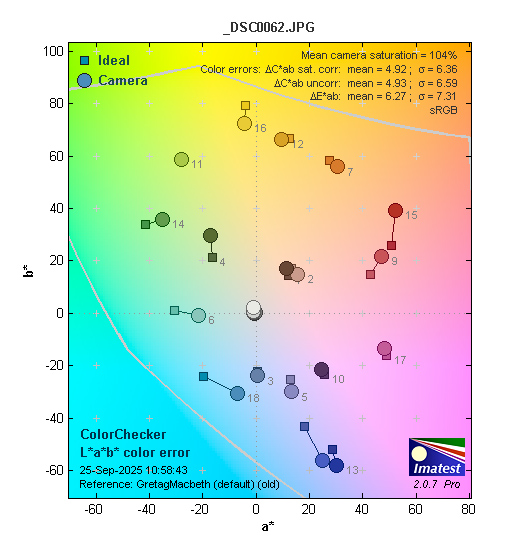
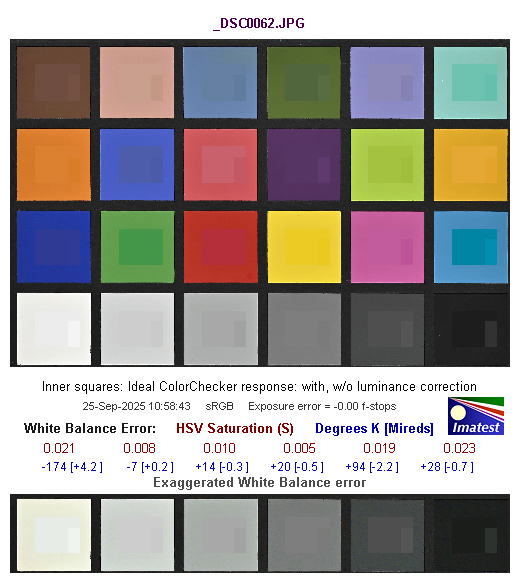
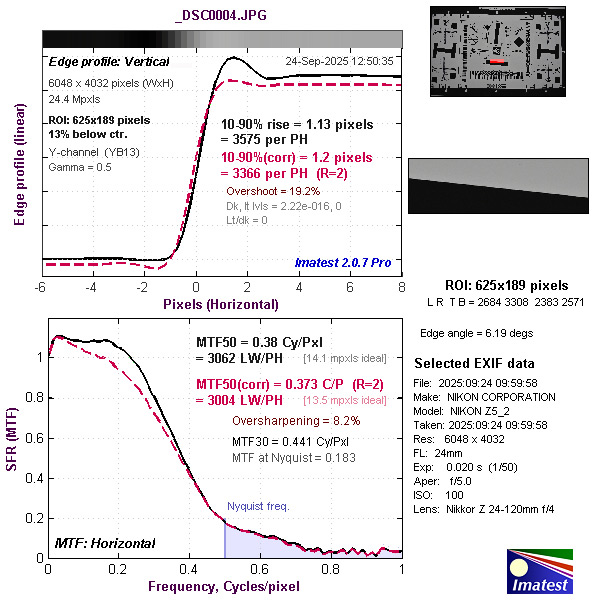
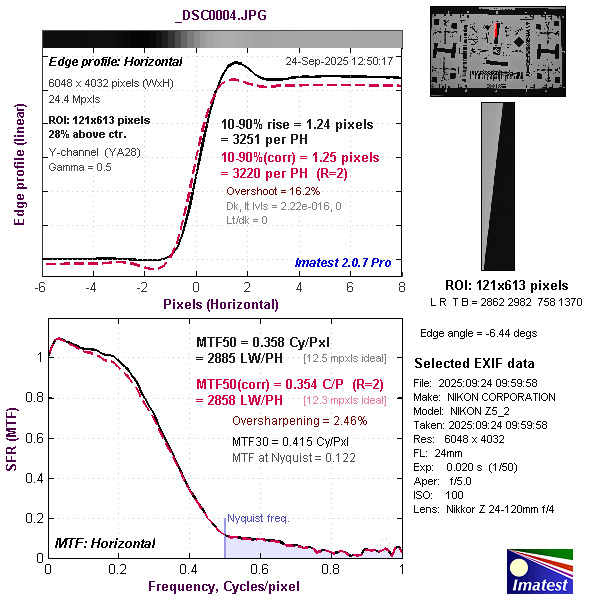
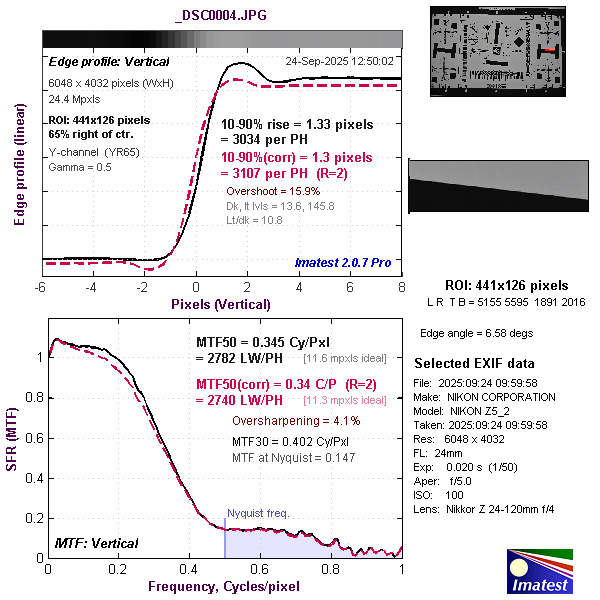
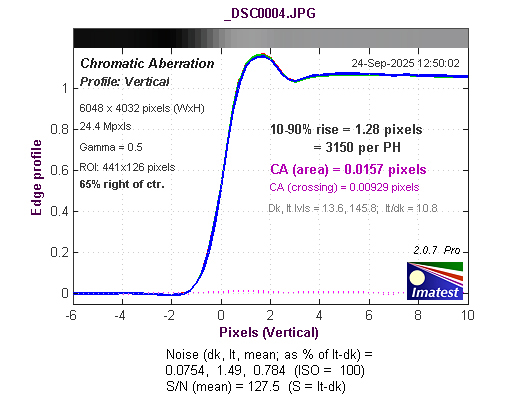
Based upon NEF.RAW files converted into 16-bit TIFF format with Adobe Camera Raw.
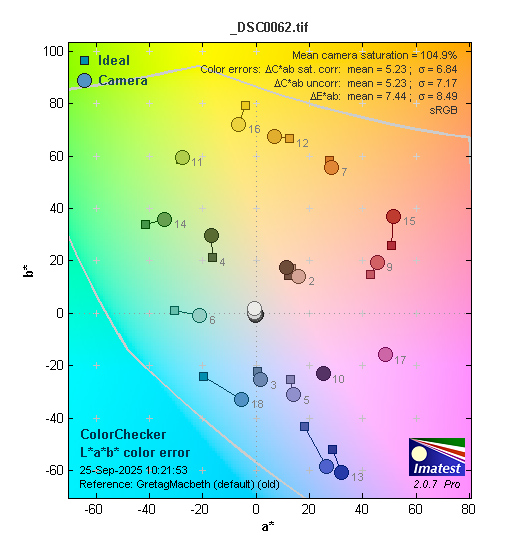
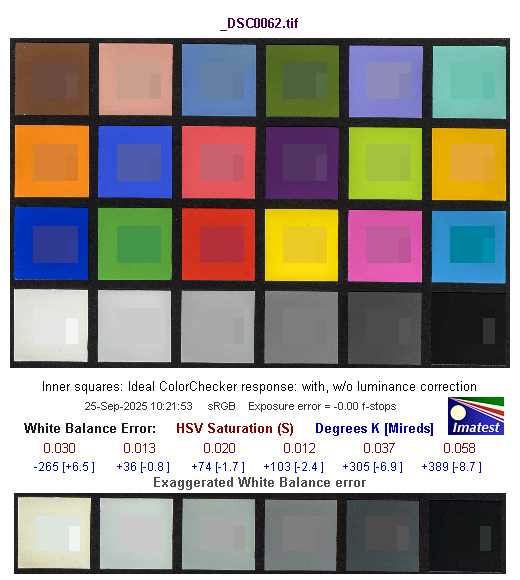
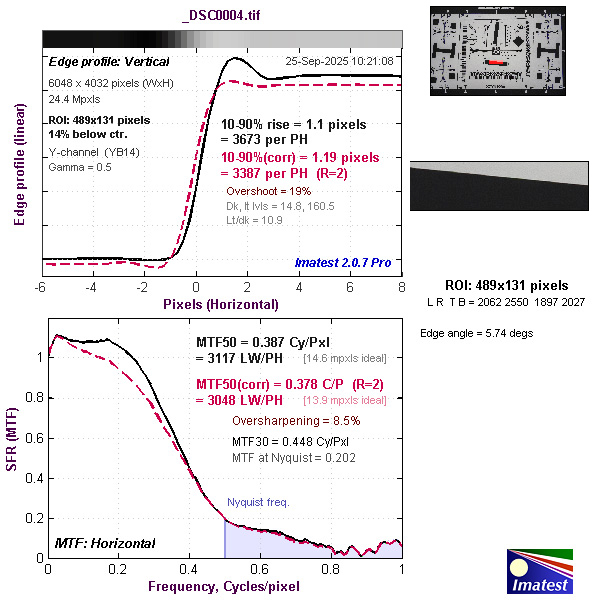
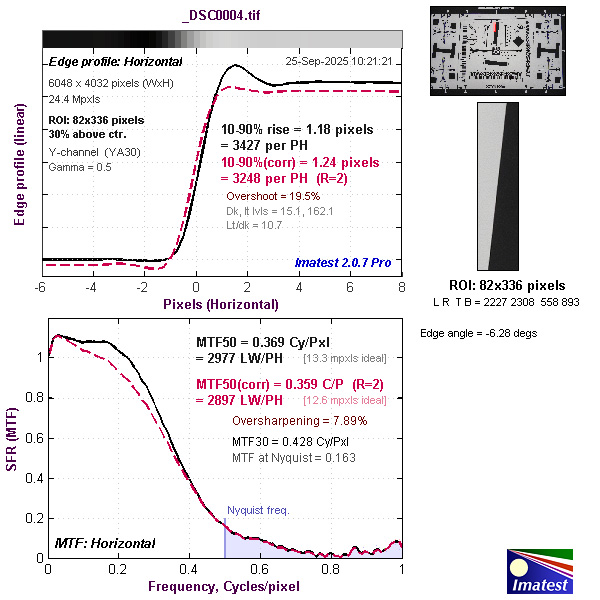
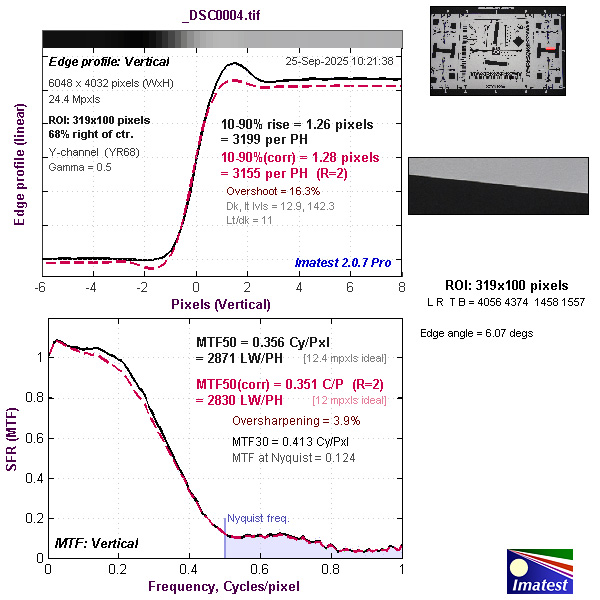
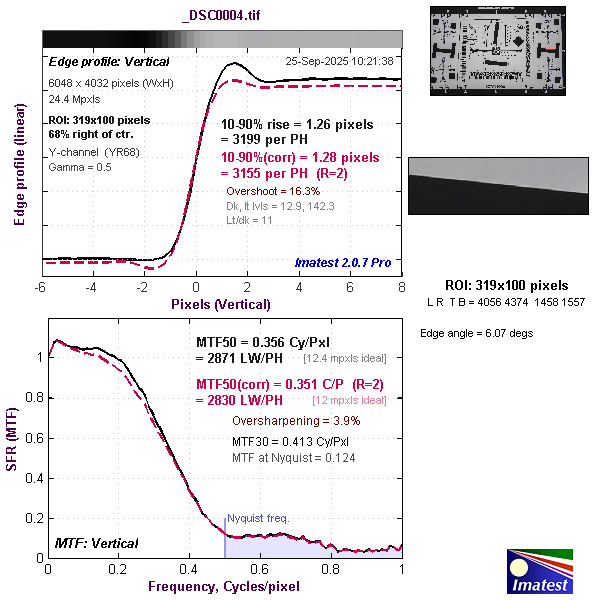
SAMPLES
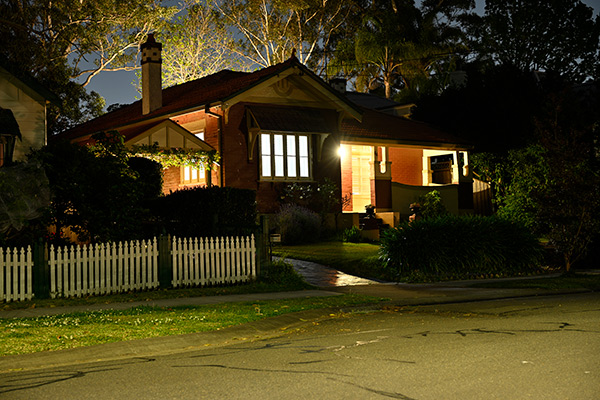
30 second exposure at ISO Lo 1 (ISO 50), 53mm focal length, f/4.
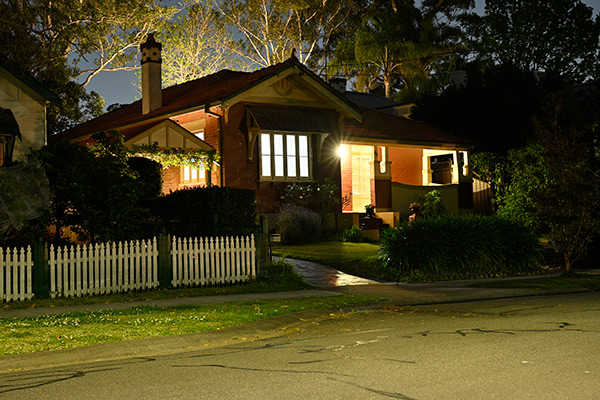
30 second exposure at ISO 100, 53mm focal length, f/5.6.
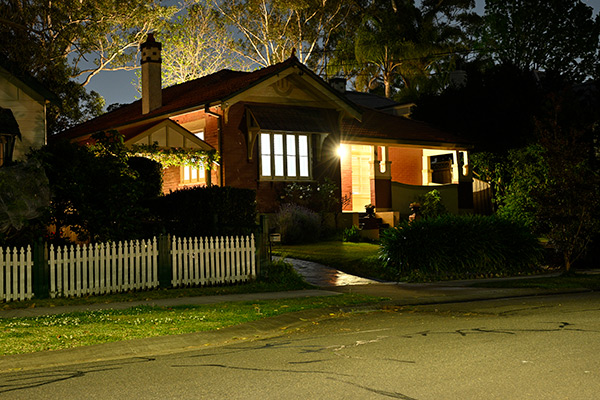
20 second exposure at ISO 800, 53mm focal length, f/9.
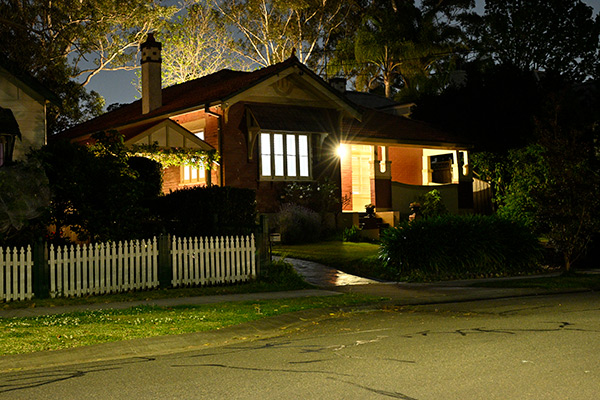
4 second exposure at ISO 6400; 53mm focal length, f/13.
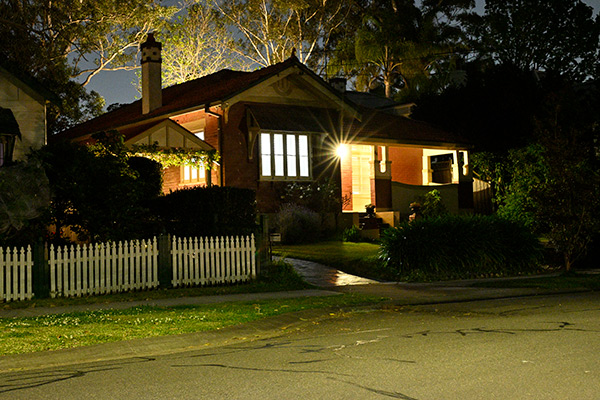
4 second exposure at ISO 12800; 53mm focal length, f/18.
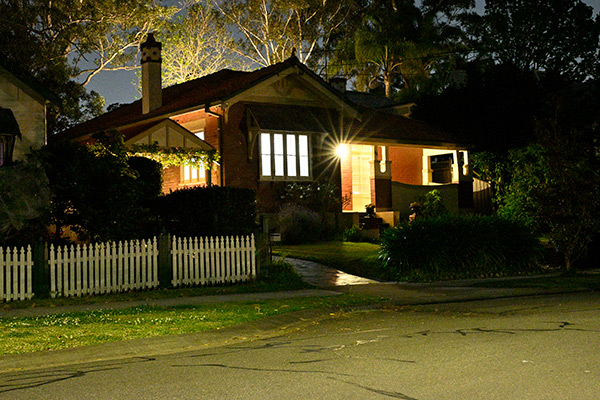
2 second exposure at ISO 25600; 53mm focal length, f/18.
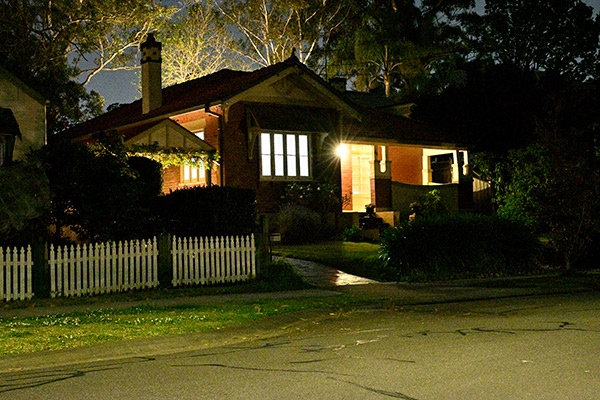
1/2 second exposure at ISO 51200; 53mm focal length, f/13.
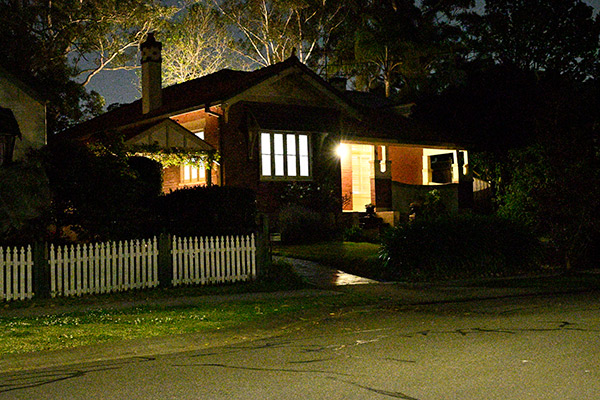
1/6 second exposure at ISO Hi 0.3 (ISO 80000); 53mm focal length, f/10.
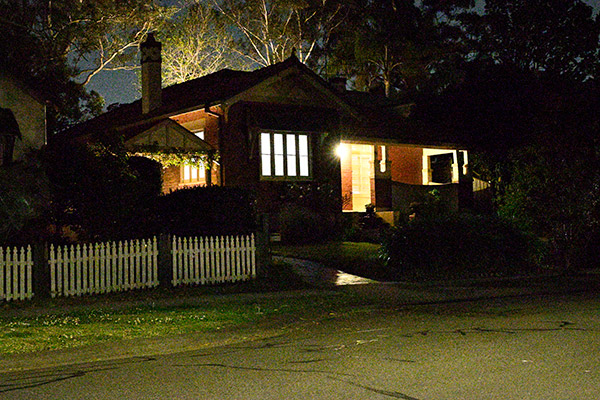
1/8 second exposure at ISO Hi 1.7 (ISO204800); 53mm focal length, f/11.
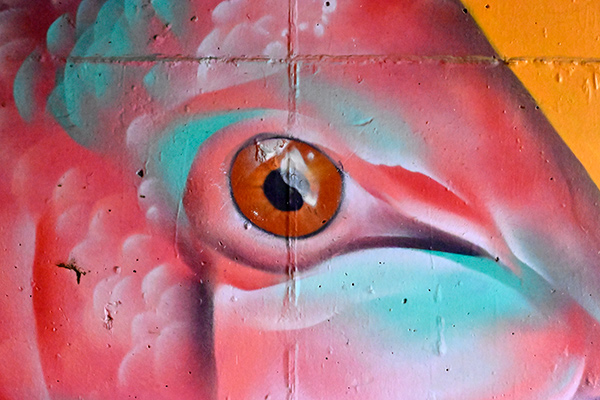
Close-up at 59mm focal length; ISO 64000, 1/3200 second at f/8.
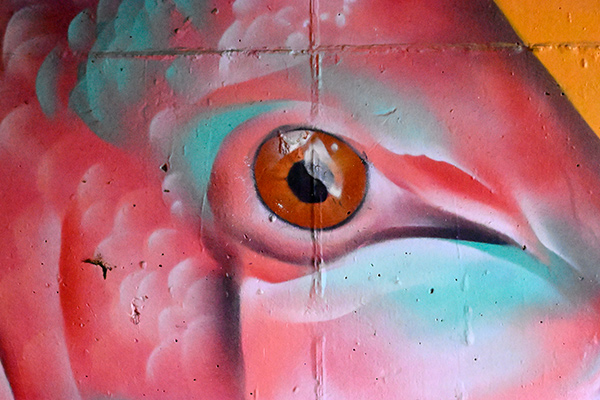
Close-up at 59mm focal length, ISO Hi. 0.3, 1/5000 second at f/8.
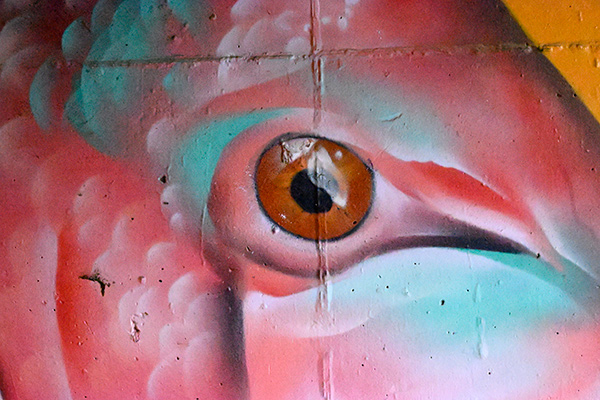
Close-up at 59mm focal length, ISO Hi. 1.7, 1/8000 second at f/8.
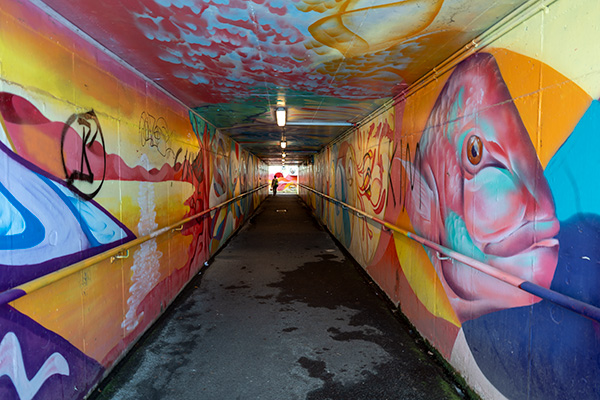
24mm focal length; ISO 100, 1/6 second at f/8.
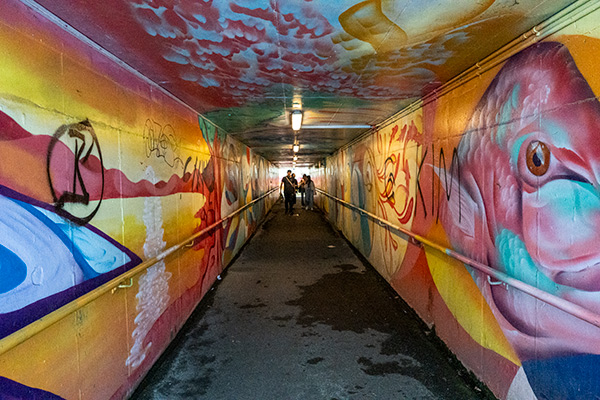
24mm focal length, ISO 32000, 1/1250 second at f/8.
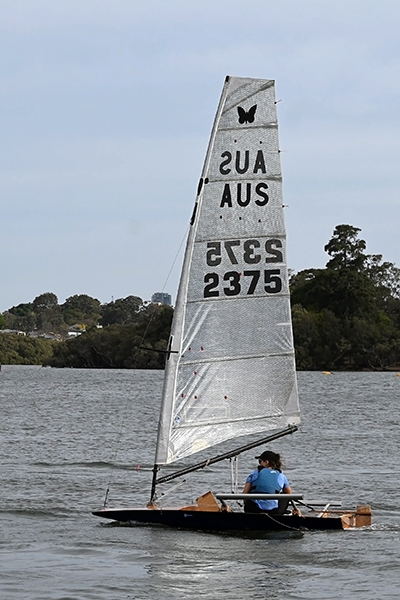
120mm focal length, ISO 100, 1/500 second at f/7.1.
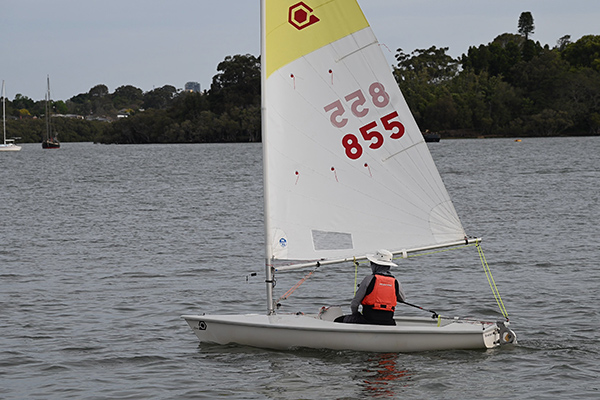
120mm focal length; ISO 100, 1/640 second at f/6.3

110mm focal length; ISO 100, 1/320 second at f/4.5.
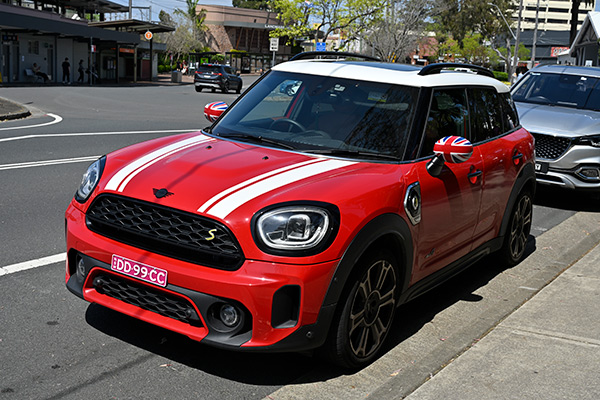
44mm focal length, ISO 100, 1/320 second at f/9.
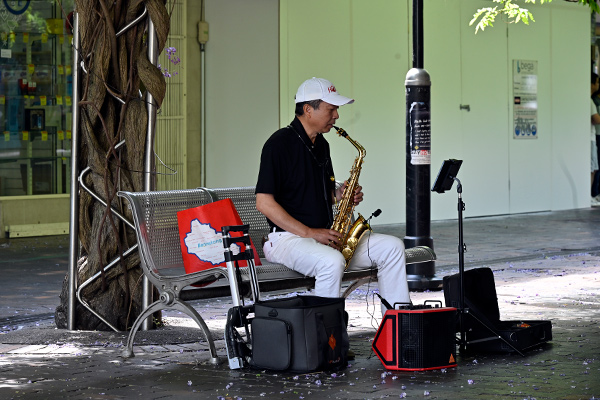
120mm focal length, ISO 800, 1/125 second at f/8.
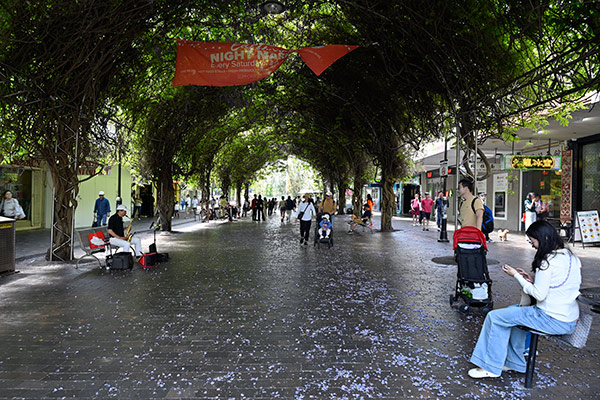
24mm focal length, ISO 125, 1/25 second at f/8.
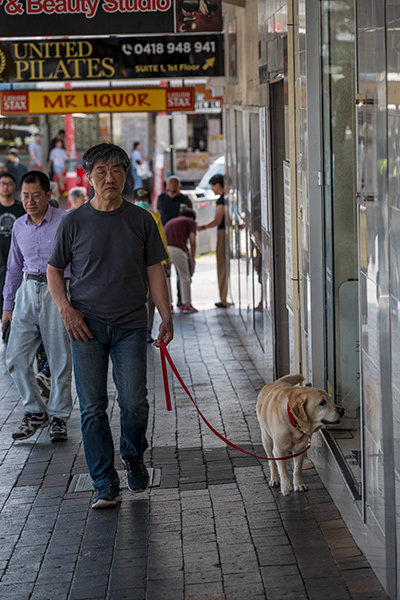
115mm focal length, ISO 100, 1/400 second at f/5.

29mm focal length, ISO 200, 1/160 second at f/7.1.

105mm focal length, ISO 220, 1/125 second at f/4.
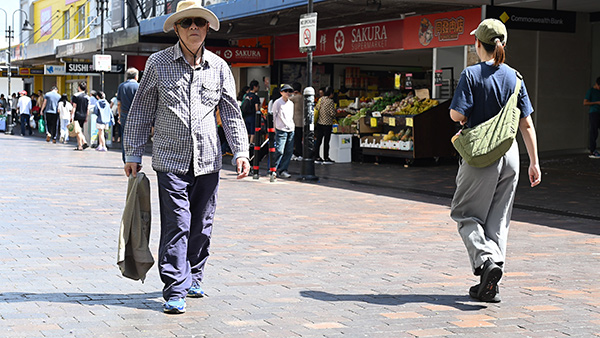
Still frame from MOV 10-bit H.265 4K (3840 x 2160 pixels) video clip recorded at 50p.
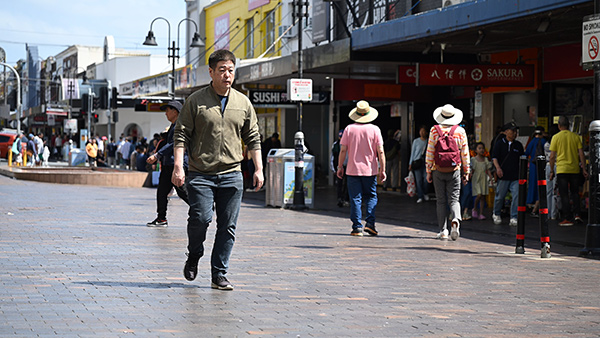
Still frame from MOV 10-bit H.265 4K (3840 x 2160 pixels) video clip recorded at 25p.
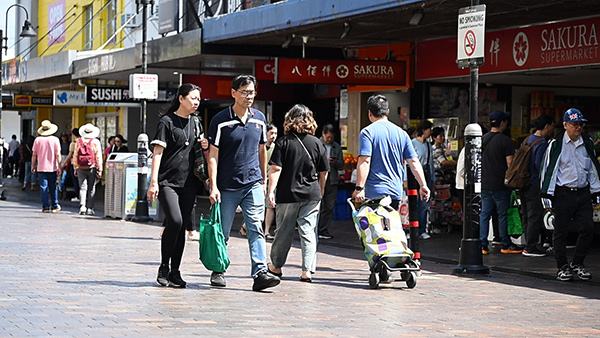
Still frame from MOV 10-bit H.265 Full HD (1920 x 1080 pixels) video clip recorded at 100p.

Still frame from MOV 10-bit H.265 Full HD (1920 x 1080 pixels) video clip recorded at 50p.
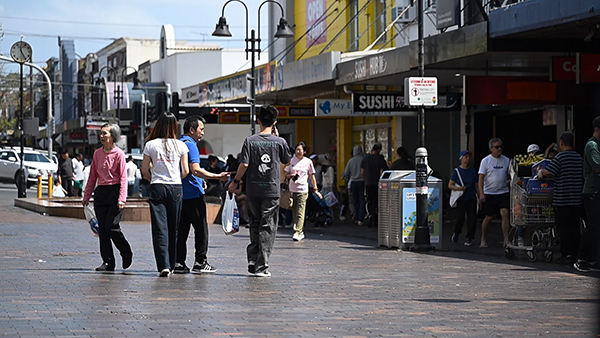
Still frame from MOV 10-bit H.265 Full HD (1920 x 1080 pixels) video clip recorded at 25p.

Still frame from MP4 8-bit H.264 4K (3840 x 2160 pixels) video clip recorded at 50p.
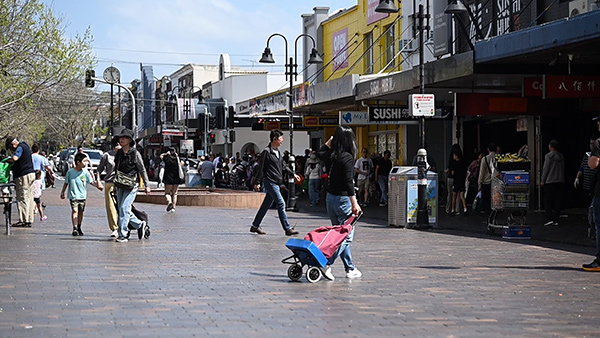
Still frame from MP4 8-bit H.264 4K (3840 x 2160 pixels) video clip recorded at 25p.
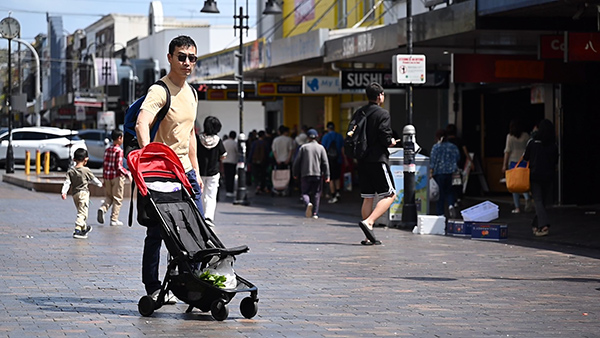
Still frame from MP4 8-bit H.264 slow-motion x4 Full HD (1920 x 1080 pixels) video clip recorded for playback at 25p.
Additional image samples can be found with our review of the Nikkor Z 24-120mm f/4 S lens.
Rating
RRP: AU$2699 (body only); $3649 (with 24-70mm f/4 S kit lens); $3999 (with 24-200mm f/4-6.3 VR kit lens)
- Build: 9.0
- Features: 9.0
- Ease of use: 8.9
- Autofocusing: 9.0
- Still image quality JPEG: 9.0
- Still image quality RAW: 9.0
- Video quality: 9.0
BUY








